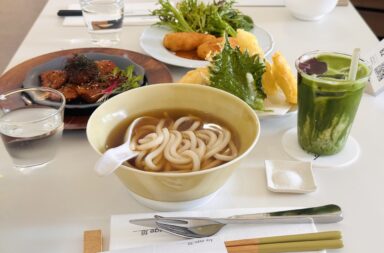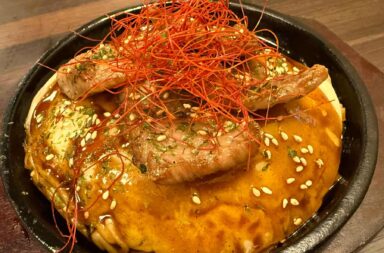This post is also available in: Indonesia
Abalone, Japanese Spiny Lobster, Sea Urchin, and More: Why These Japanese Delicacies Have Captivated the World
Japanese cuisine is renowned worldwide for its meticulous preparation, exquisite flavors, and unparalleled attention to detail. Within this culinary realm, certain ingredients have attained a prestigious status, elevating them to the realm of luxury.
From the tender abalone (“awabi” in Japanese) to the succulent spiny lobster (ise ebi) and the velvety sea urchin (uni), Japan boasts a treasure trove of extravagant delicacies that have become sought-after culinary gems.
In this article, we delve into the reasons behind their luxurious appeal and explore why you should make it a priority to savor these extraordinary delicacies when visiting Japan.
The Captivating Allure of Abalone
Abalone, or “awabi”, has captured the hearts of epicureans worldwide. Prized for its rich, buttery texture and delicate flavor, this marine gastropod has become a symbol of luxury in Japanese cuisine. Due to its scarcity and challenging cultivation process, awabi commands a premium price.
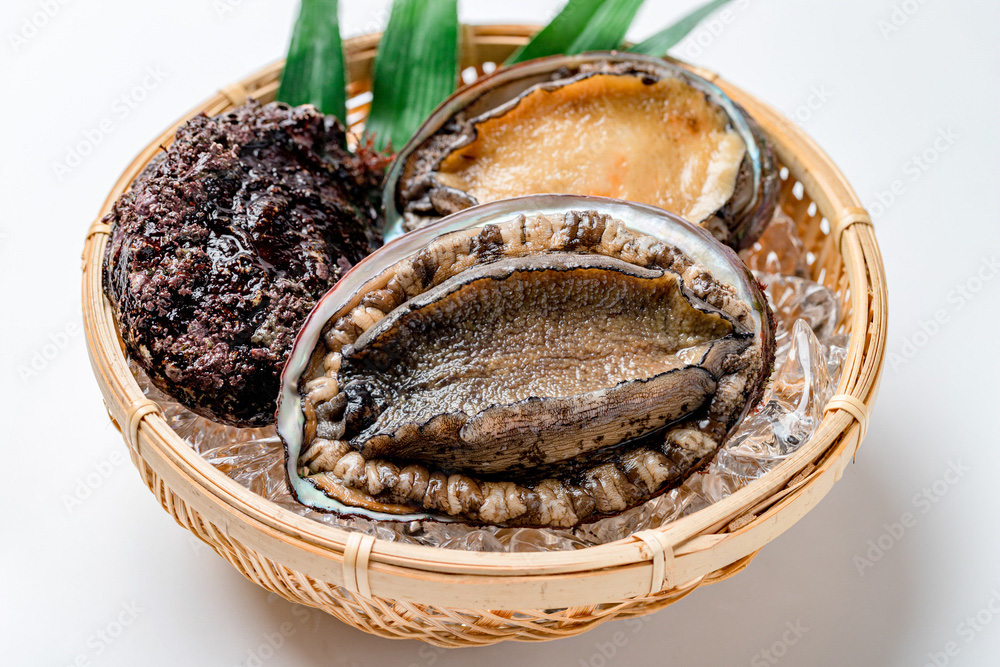
Abalone (awabi)
The awabi can be enjoyed raw as sashimi, quickly (and gently!) fried in a pan, or steamed. Since has a delicate flavor, it is recommended to have it in a very light seasoning.
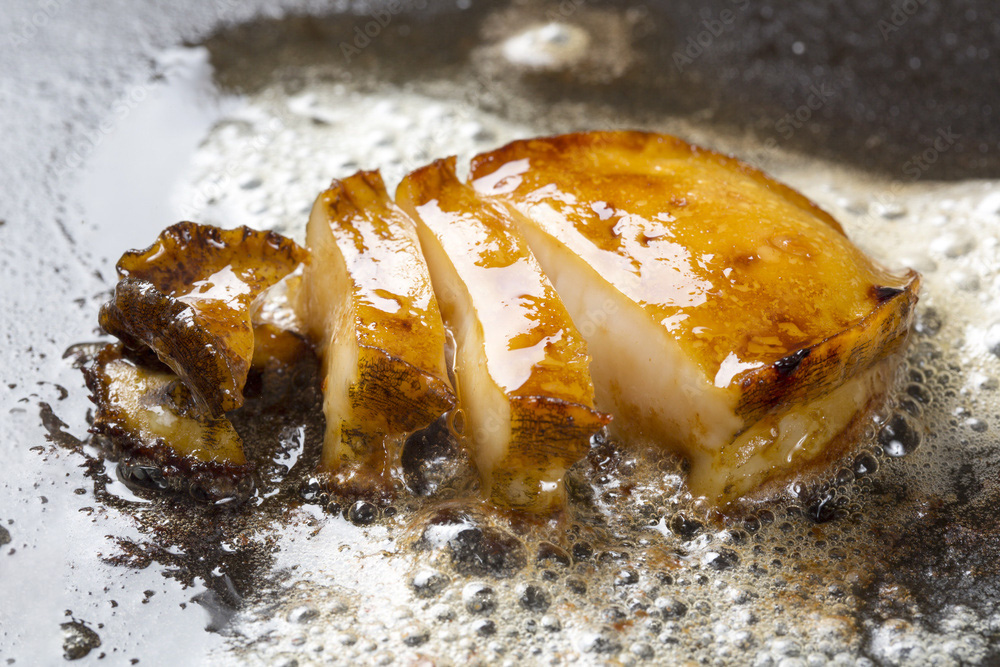
Abalone grilled with butter
Japanese Spiny Lobster: A Lobster Fit for Royalty
When it comes to luxury seafood, Japanese spiny lobster, or “ise ebi”, reigns supreme. Renowned for its remarkable sweetness and tender meat, this crustacean takes center stage in upscale Japanese dining establishments. The spiny lobster’s exclusivity lies in its limited availability (due to difficulties in its cultivation) and demanding fishing methods.
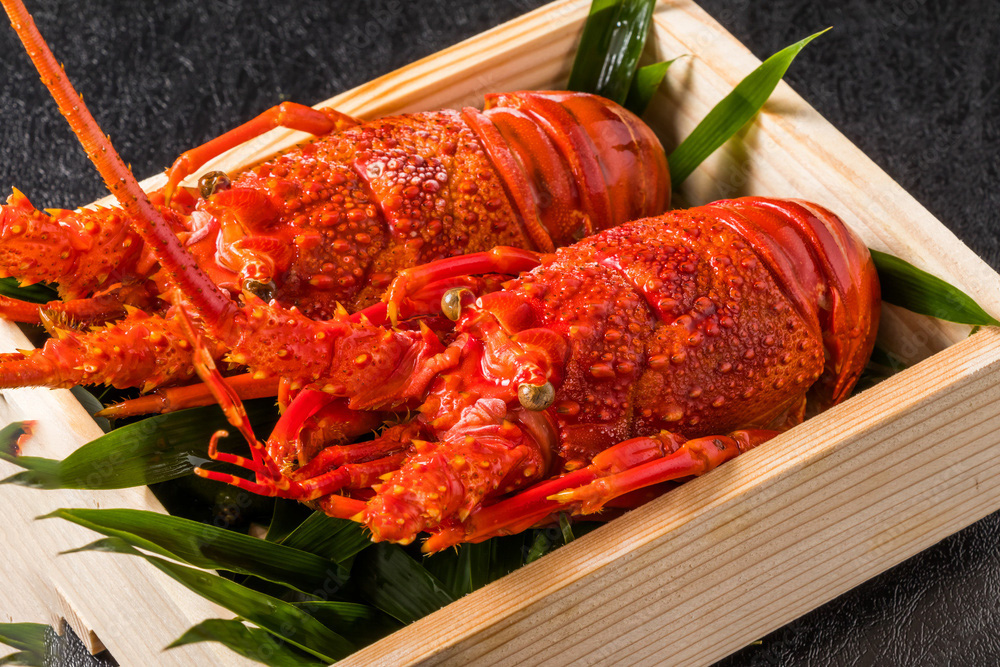
Japanese spiny lobster (ise ebi)
Whether grilled, steamed, or served raw as sashimi, it showcases its unparalleled flavor and undeniable status as a luxury ingredient, fit for the most discerning palates.
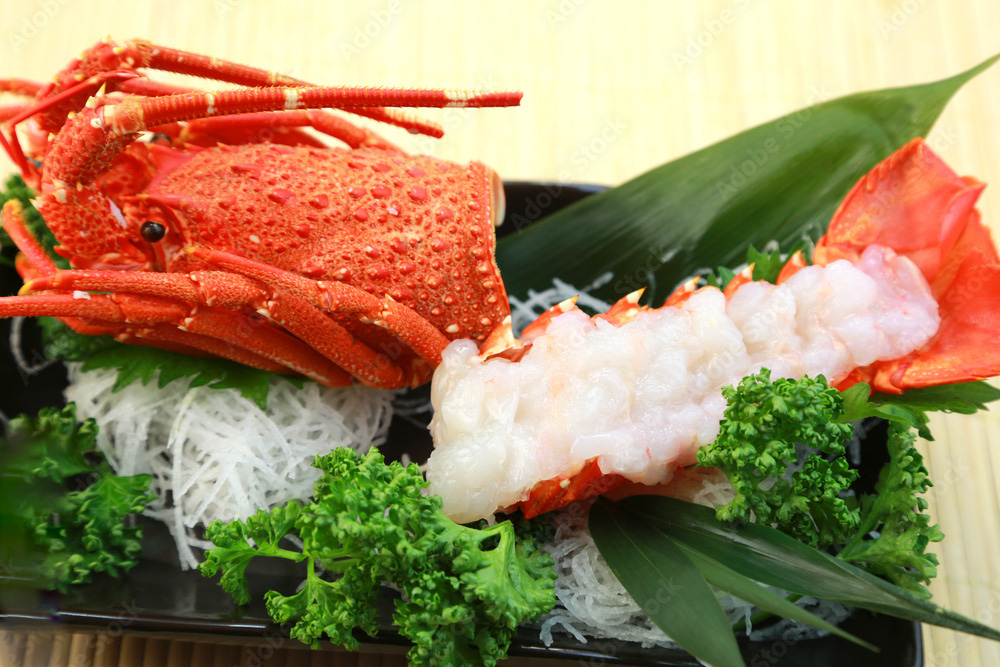
The Opulent Sensation of Sea Urchin
The delicate sea urchin, or “uni”, represents the epitome of luxury in Japanese gastronomy. Its buttery, briny taste, and creamy texture have earned it a place of reverence in the culinary world. Extracting uni is a meticulous process, and the best-quality varieties are sourced from the pristine waters of Hokkaido which dominate more than 50% of the domestic market share in Japan, according to How Do You Like Hokkaido?.
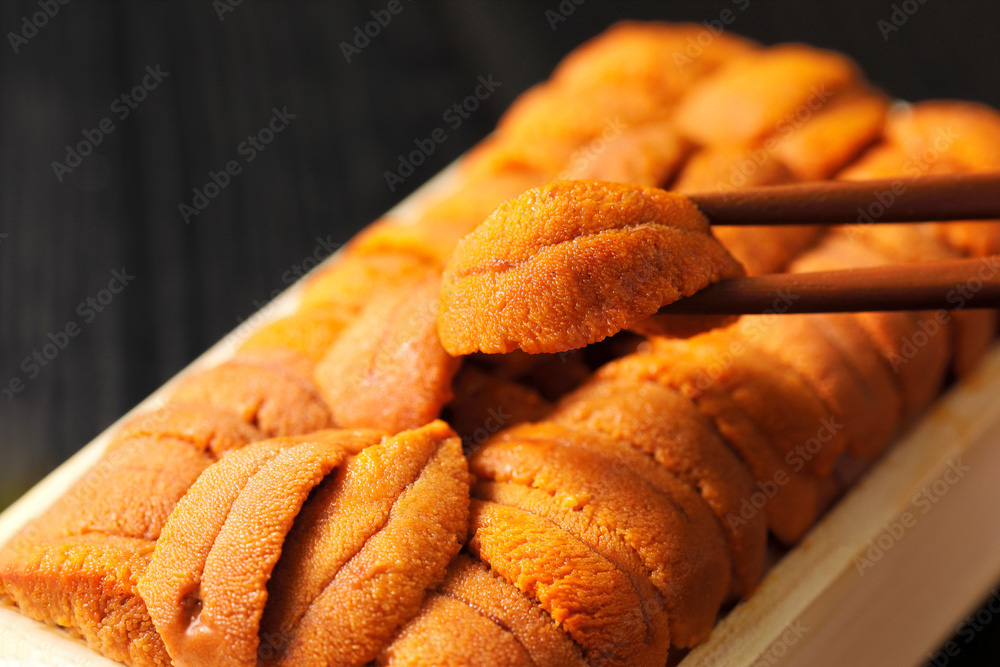
Sea urchin is a versatile delicacy that complements sushi, and rice bowls, or can be enjoyed on its own! Whether raw or grilled, it promises a distinctive and unforgettable taste that justifies its esteemed status as a coveted luxury ingredient.

Beyond their exceptional flavors, these luxury Japanese foods have become symbolic of craftsmanship, tradition, and a deep connection to nature. The artistry involved in cultivating, catching, and preparing these ingredients highlights the dedication and meticulousness ingrained in Japanese culture.
Moreover, the country’s rich coastal resources and pristine waters have nurtured these delicacies, giving them an unrivaled quality that contributes to their luxurious allure.
See Also
How to Properly Make and Cancel Reservations at Halal Restaurants in Japan
Savoring these luxury Japanese foods in their homeland not only guarantees an extraordinary gastronomic experience but also offers a glimpse into the country’s cultural heritage. Each bite reveals a story deeply rooted in tradition and craftsmanship, allowing you to appreciate the depth of Japanese culinary mastery.
See Also
Luxury, Ocean View, and Halal Dishes? All Available at Japan Hot Spring Resort “ATAMI Sekaie”!
5 Recommended Go-To Halal Restaurants in Tokyo
